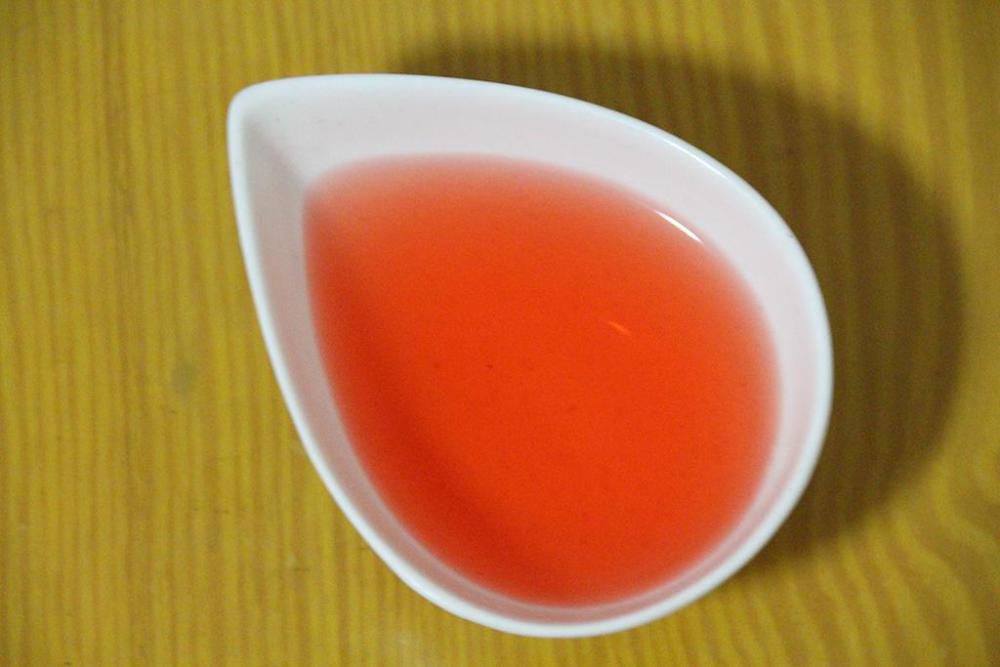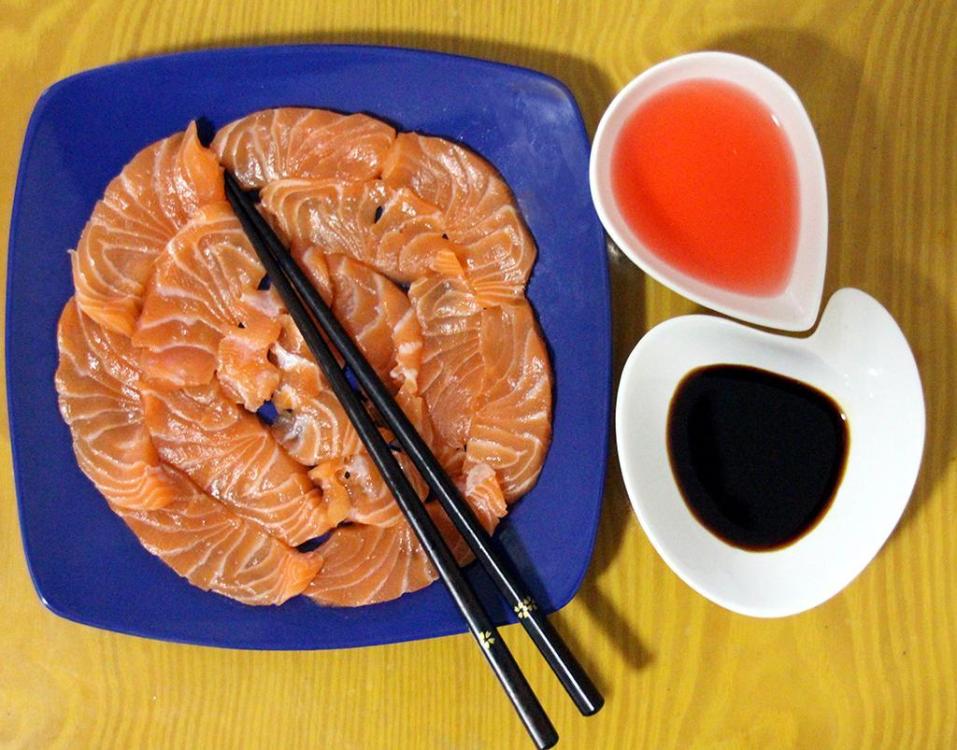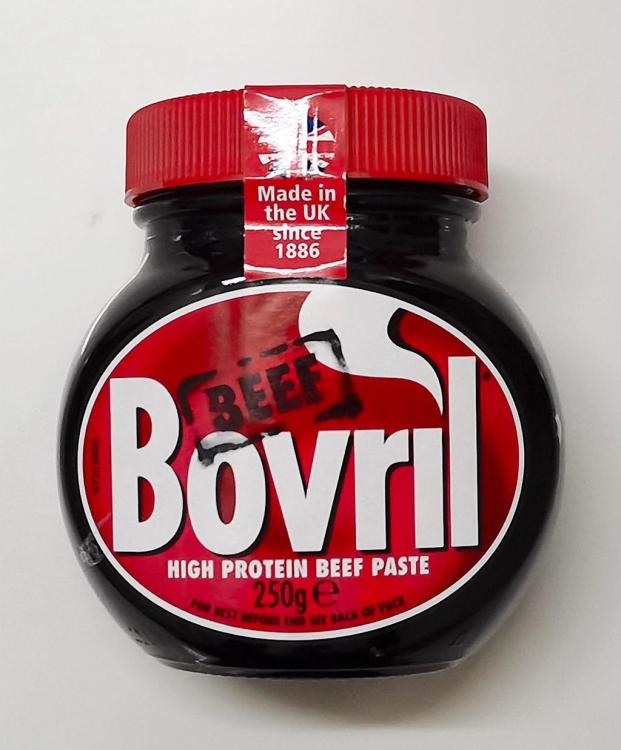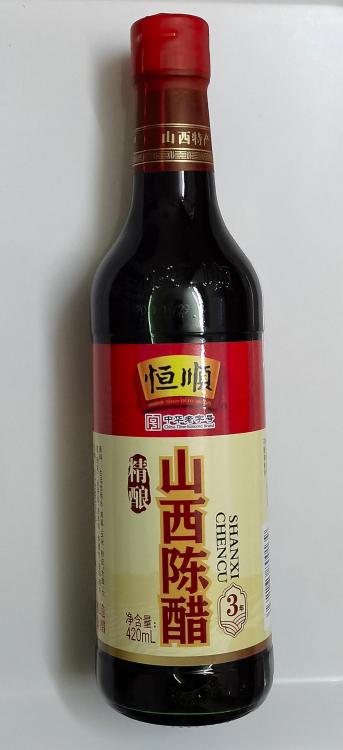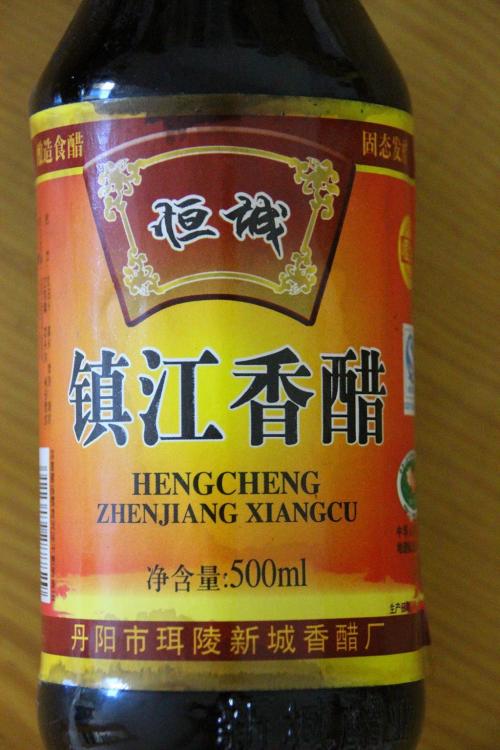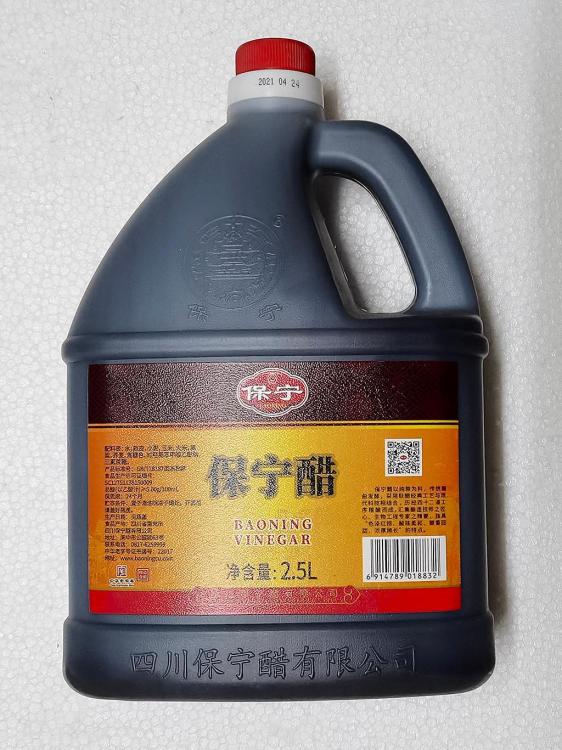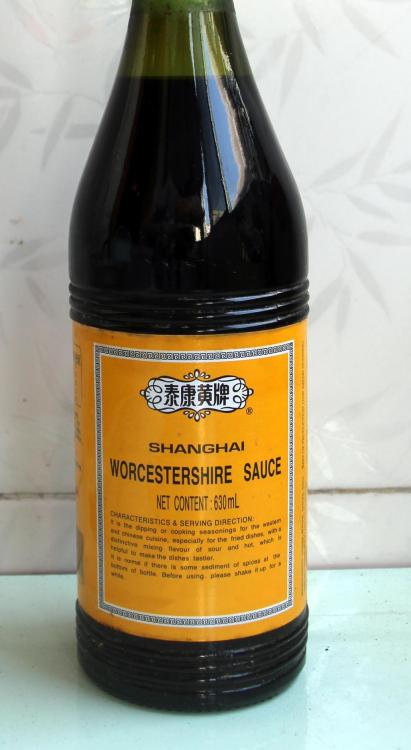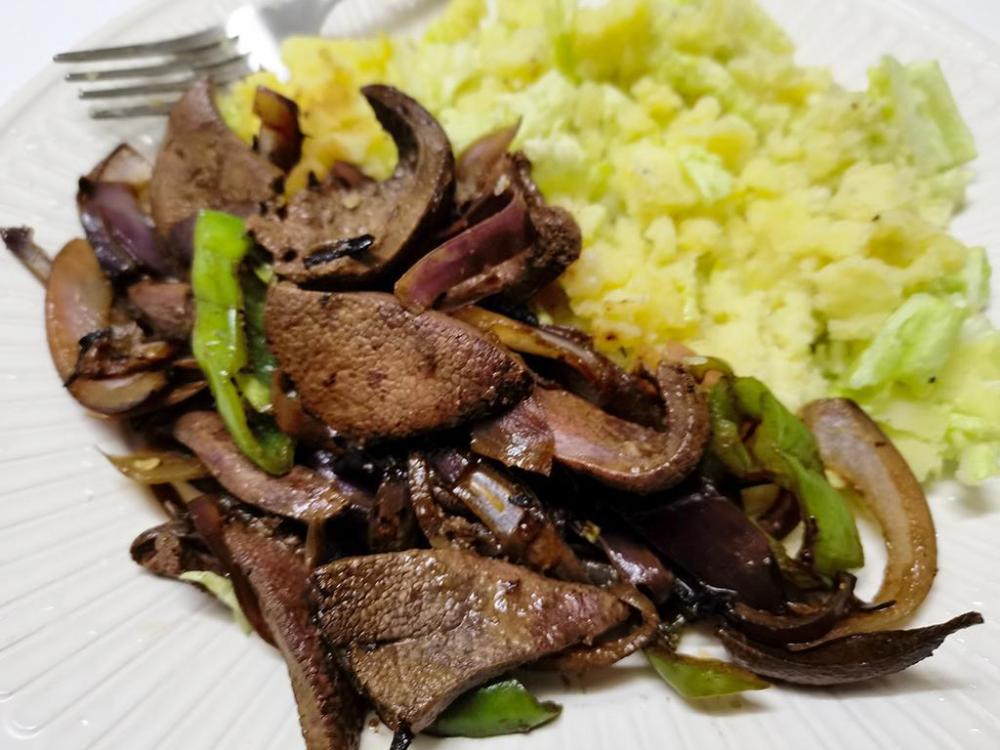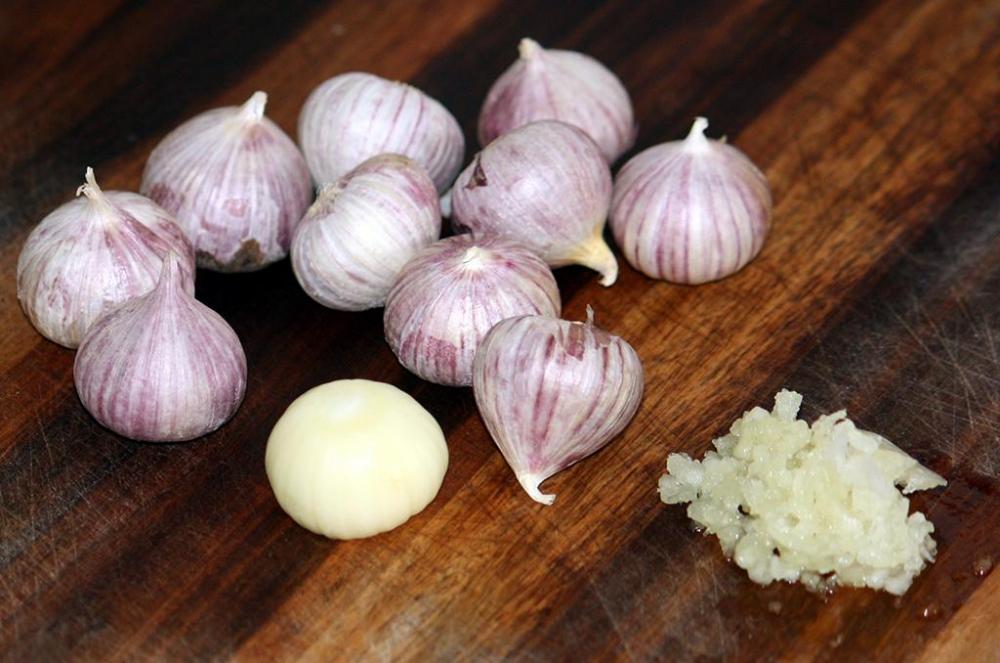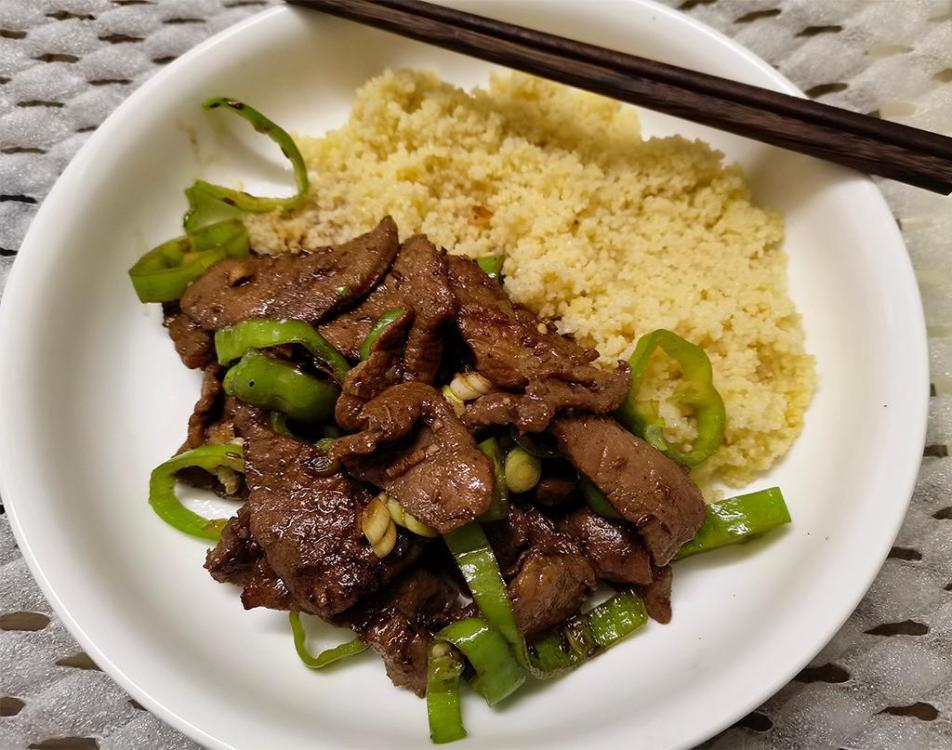-
Posts
16,665 -
Joined
-
Last visited
Content Type
Profiles
Forums
Store
Help Articles
Everything posted by liuzhou
-
That is baffling me. Neon is well-known to be odourless!
-
I don't remember that, but he definitely said that his mother thought it strange that every town on the railway line in England was called Bovril. You can see and hear him saying so in this video.
-
Chinese red vinegar (大红浙醋 - dà hóng zhè cù, literally 'Crimson Zhejiang Vinegar') is a type of rice vinegar traditionally made from rice which has been infected by a red yeast, Monascus purpureus. It is thought to have been developed first in Fujian province, but today, more is from Fujian's northern neigbour, Zhejiang province, just south of Shanghai and from Guangdong province. Today, the red colour is often augmented by using red radish skins. It is mild, slightly sweet but with a hint of tartness. It is not used very often in Chinese cuisine, but is occasionally used in congees and soups, particularly Hangzhou's famous West Lake Soup. Hangzhou is the capital of Zhejiang. It is good with all seafood dishes, too. I particularly like to use it non-traditionally as a dip with sashimi. Salmon Sashimi with Red Vinegar and Soy Sauce Dips. Western red wine vinegar is not a suitable substitute!
- 1 reply
-
- 3
-

-

-
Mine too. But never lasted long.
-
Forgot I had this. Lea and Perrrins' Wooster sauce with Chinese labelling as sold in China. Told ya it's a thing here. And yes, it's real.
-
This is fun. It's freezing here and when it's freezing I want comfort. So, this put a smile on my face this morning. I'm placing it next to my Marmite (and I don't mean a French stockpot!)
-
Here are the two varieties I use, plus a bonus First, Zhenjiang Vinegar. This is a 6-year old. It is my go-to black vinegar. Then the Shanxi version 陈醋 (chén cù) means 'mature vinegar'. This is favourite in dips with jiaozo or wontons etc. Here we have a three-year old version, as marked by the 3年 badge, 年 (nián) meaning 'year'. Finally a third high quality black vinegar, this time from Sichuan. Baoning vinegar (保宁醋 (bǎo nìng cù) is the Sichuan cook's first choice. I have no idea about the international availability of these particular brands. Baoning may be the hardest to find.
-
Zhenjiang or (Chinkiang)* is enough. It has to be the same as my ingredient list to be legally called Zhenjiang. The Shanxi* version may include different grains other than rice, including wheat, sorgum etc. It is preferred for dips. Both these vinegars come at various ages, usually 3 or 6 years. Of course, the older the better. *Zhenjiang (镇江 or 鎮江 - zhèn jiāng) is the city in eastern China where the vinegar is produced. 'Chinkiang' is the old transliteration, now really only used in America. * Shanxi (山西 - shān xī) is the province in northern China which produces this vinegar.
-
That is a Shanxi aged style vinegar. Famous for that smoky quality and second only to the Zhenjiang (Chinkiang) style. Good choice. I usually have both styles.
-
Vegetarian Wooster Sauce? Sacrilege!
-
What size of bottle are you all talking about? Lea and Perrins comes in various sizes ranging from 150ml to 4 litre bottles. So one bottle a year doesn't really mean much. Thanks to @Dariennefor pointing out the correct pronunciation! I cringe when I hear 95% of people on YouTube or television programs mangle their mouths trying to pronounce it incorrectly! Perhaps surprisingly, 'Wooster' sauce became very popular in China during colonial times, especially in foreign controlled Shanghai. This prompted local companies to recreate it. I regularly buy the main leading brand. It is indistinguishable from L&P's version. It comes in 630ml bottles and I get through about one a year. I can also get the original. Apart from more normal uses, I also use it on scrambled eggs!
-
-
Of the two, I would say the Taiwanese one on the left would be the better, depending on what's in it. Does it list ingredients? They should be glutinous rice, malt, water and salt. No more! The Hong Kong one on the right appears to be a sweetened vinegar. That said, I haven't tasted either. I'm just going by the information I can see on the labels. Also, what dish you are planning might make a difference. For the best, next time go for one of these (at the link below) marked Zhenjiang or Chinkiang. https://www.amazon.ca/s?k=black+vinegar&crid=20ENSQU73DR9Y&sprefix=black+vinegar%2Caps%2C291&ref=nb_sb_noss_1
-
I was talking about the liver in the post I quoted from.
-
It supposedfly reduces any bitterness. No, I've never done it, either but I think it's quite common.
-
-
Exactly what I did tonight. Then ate it. Perfect.
-
Cumin beef with hot green chillies, garlic, ginger, scallions, Shaoxing wine and soy sauce. Served with couscous, because.
-
Ok. For reasons beyond reasonable explanation other than rampant lack of attention, today I made some couscous. Making couscous doesn't need explanation, but the amount I made does. Accurate measurement (no cups involved) have calculated it as 'too frigging much'. So, my question is can I freeze prepared couscous or would it be better to just keep it in the fridge overnight and reheat and eat it tomorrow? I did have other plans for tomorrow, but they are not fixed in stone.
-
AKA Amorphophallus sylvaticus Mostly used in traditional medicine in India, I believe. I've seen it there, but never in Thailand.
-
Uyghur places do often have spits similar to the one I pictured. Their culture (and language) is closer to Turkish than to Chinese. Lamian places, not so much, but possible.
-
There is no one correct answer. The names used in particular locations seem linked to immigration patterns and the immigrants brought their own local names - as always. The USA favours 'gyro' which is the Greek name (γῦρο-ς) which means 'turning'. This reflects the higher levels of immigration from Greece to the USA. Europe on the other hand prefers 'döner' or 'doner' from the Turkish, reflecting emigration patterns there. Döner also means 'turning'. This is often expanded to 'donor kebab', kebab being from the Arabic (as well as used in Persian and Urdu) used throughout the Middle East. Kebab referes to anthing cooked on a spit or skewer, so is a much wider term. Shawarma is from the Syrian version of Arabic - šāwirma. Again, its use probably reflects immigration. Shashlik comes from the Russian 'Шашлык', which was derived from the Turkish 'šiš' meaning a spit or skewer. Al pastor is from the Spanish for 'shepherd's style' and is based on shawarma brought to Mexico by Lebanese immigrants. As to the meat used in these, this often varies from the immigrants starting point.Greek versions traditionally used pork, whereas Turkish usd lamb or beef. Note: most of t hese names have alternate spellings.
-
There is a thread on Chinese language cookbooks I started in 2014 here. Nothing much has changed.
-
Carolyn is a member here @Carolyn Phillips, but hasn't been active for over four years. She knew me from here and contacted me privately when she was researching her book, to ask some questions about Guangxi cuisine. We had a few conversations then and have done since. The book is a good introduction, but with only a half dozen or so dishes from each of 35 cuisines, is necessarily limited. Thank you! I would say more that to fully understand Chinese cuisine (no one ever will) you have to eat it in China. Chinese language cookbooks are very different from western cookbooks. They often assume a lot of prior knowledge and suggest things like "Add the correct amount of ..." "Cook until cooked" "Serve in the usual way" etc. I have a few, but I couldn't really recommend any of them. Several of my friends were amazed by Fuchsia's Sichuan book. It has been translated into Chinese and they have all bought it!




